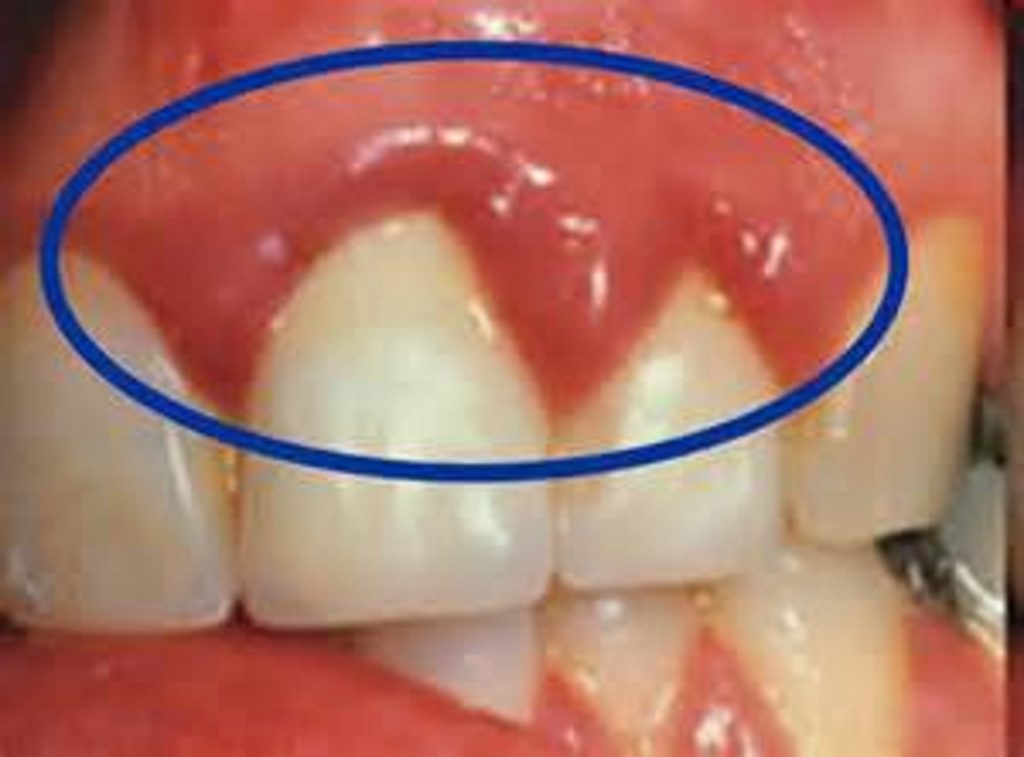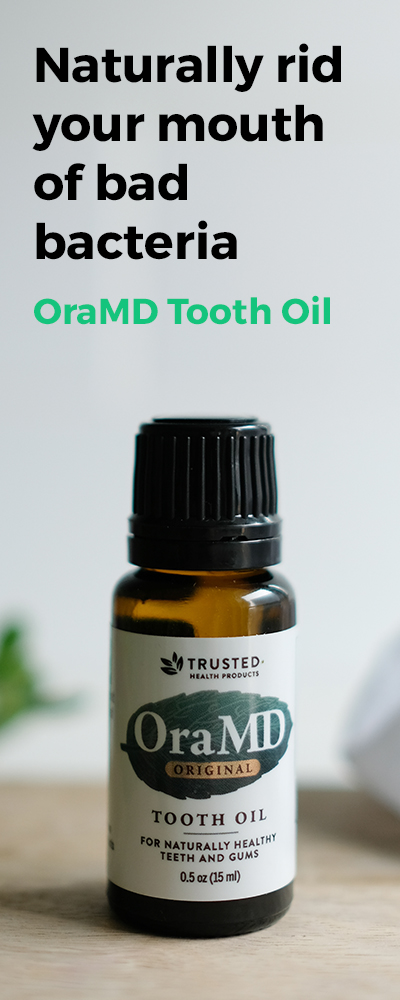Contents

What Is Gum Infection?
There are numerous types of infections that can occur in the mouth, the majority of which take place in the soft tissues around the teeth. Generally, these are caused by bacteria that collect as plaque and sits along the gum line. Once these bacteria begin feeding on food particles and sugars in the mouth, they produce acidic waste that causes tooth decay, or cavities. This all begins with oral hygiene, or the lack thereof. Some people have more issue with bacteria than others, but in the majority of cases improving the way you take care of your teeth can help prevent plaque from causing as much damage.
Signs Of Gum Infection
Infections in the gums don’t always present with pain, but there are many warning signs to watch out for nonetheless. Some of which are:
- Swollen gums
- Inflamed gums
- Receding gums
- Spaces between teeth
- Constant bad taste
- Tender gums
- Mouth sores
- Bright red gums
- Loose teeth
- Change in how teeth fit (bite)
- Pus between teeth and gums
Dangers Of Gum Infection
The immediate danger of gum infections is of course the threat to your oral health, and the potential for loss of teeth if it is not remedied in time. However, more and more research points to other serious health conditions that can arise from the entry of these harmful oral bacteria to the blood stream. You may not notice the effects on the rest of your body at first, but recent studies have linked gum infections to conditions such as:
- Heart disease
- Diabetes
- Stroke
- Cancer
- Respiratory disease
- Premature births
What Causes Gum Infection?
Gum infections are primarily caused by oral bacteria that form plaque and tartar, which destroy gum tissue. However, there are other factors that increase your risk for developing such infections such as:
- Tobacco use
- Hormonal changes
- Stress
- Medications
- Poor nutrition
- Diabetes
- Pregnancy
- Genetics
How To Prevent Gum Infection
Preventing gum infections can be as simple as implementing a good oral hygiene plan. Doing this will prevent the buildup of bacteria that can lead to infections of the mouth; a good oral hygiene program consists of:
- Brushing at least twice a day
- Using an antibacterial mouth rinse to reach all the areas of the mouth your brush cannot reach
- Flossing at least once daily
Treatment Of Gum Infection
If it is noticed early enough, treating a gum infection will include the same steps as preventing them in the first place. Brushing, gargling, and flossing, will usually help your mouth stay clean enough to heal itself in most cases. However, if it gets out of control, it may require some more in depth procedures to clear. Some of those potential procedures are listed in the chart below.
What To Do About It
If you have a gum infection, the most important thing to do is to improve your oral hygiene program. If you’ve already done so and are still experiencing problems, then you may need to look at the products you’re currently using. Some of them likely contain ingredients that increase bacteria growth.
Did it ever occur to you that the least expensive and painful option might be found in nature? Why not try a great product that provides natural relief?


